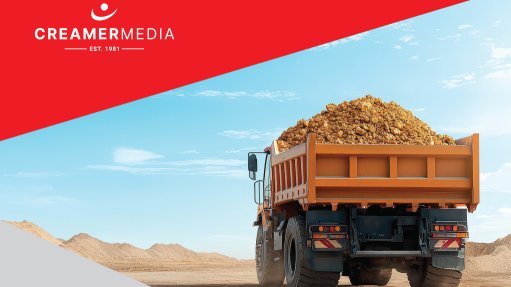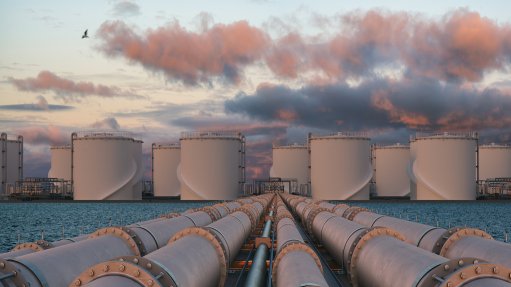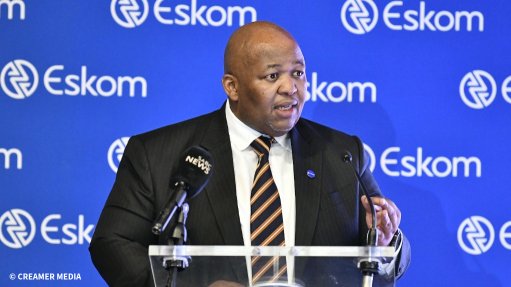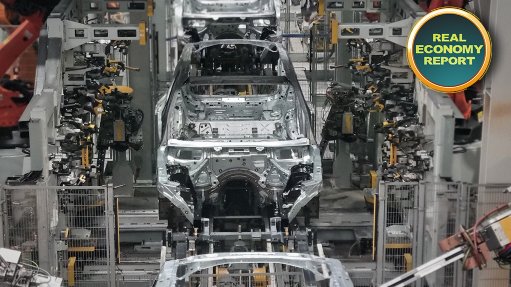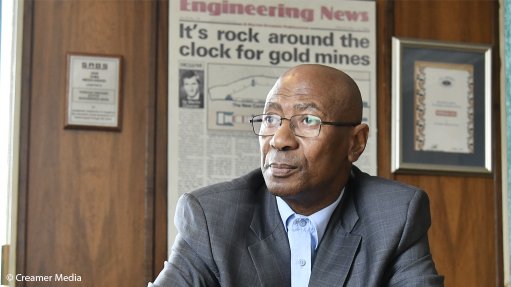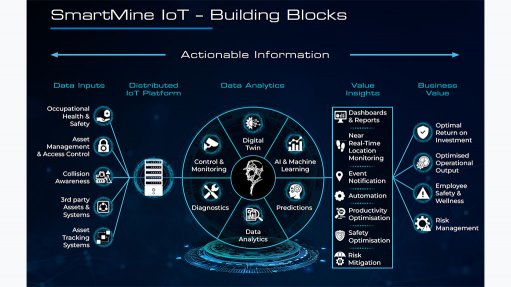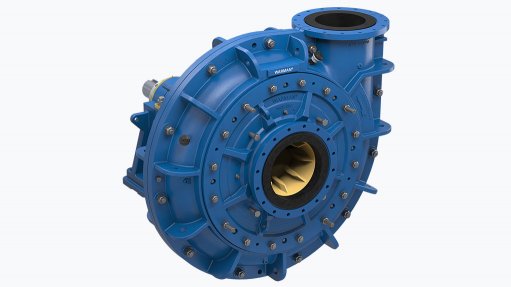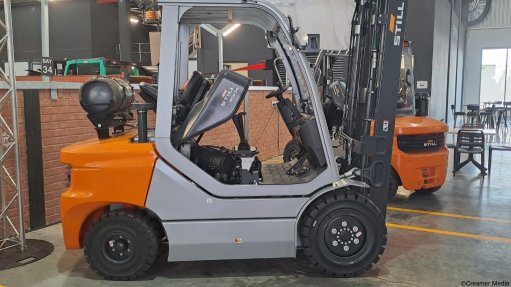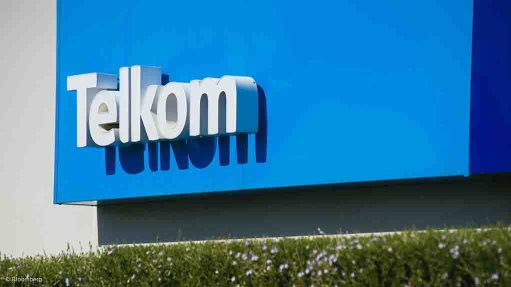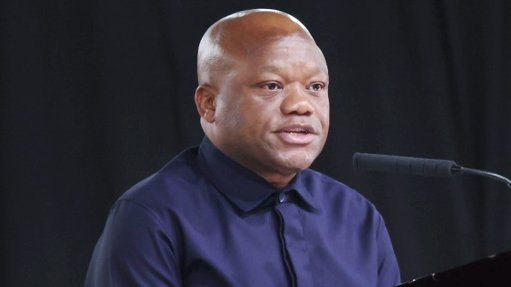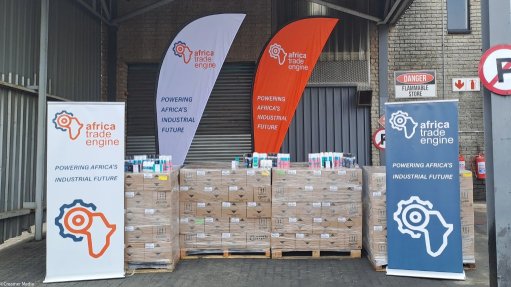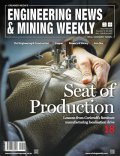Organisation casts doubt over Sasol roadmap

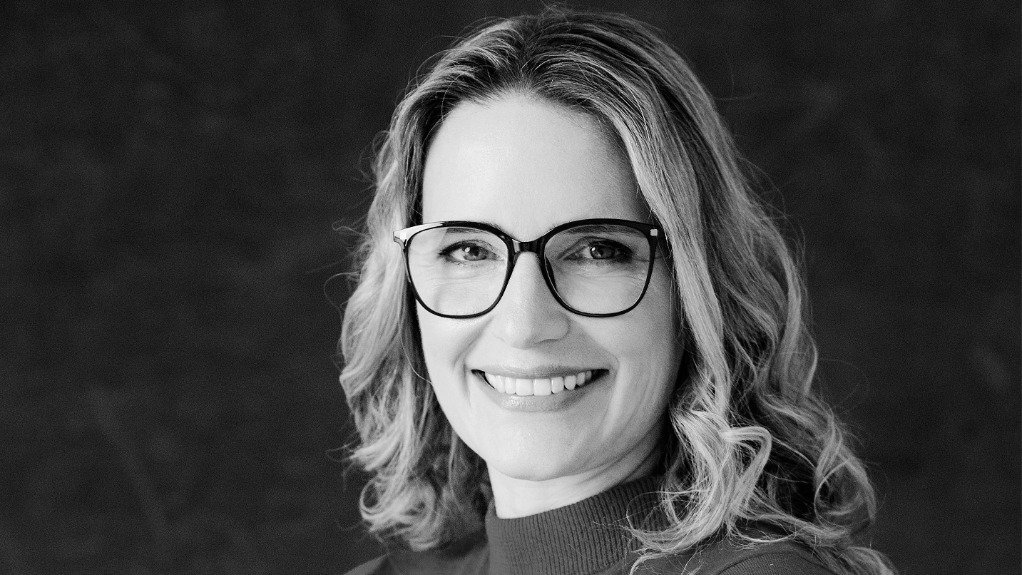
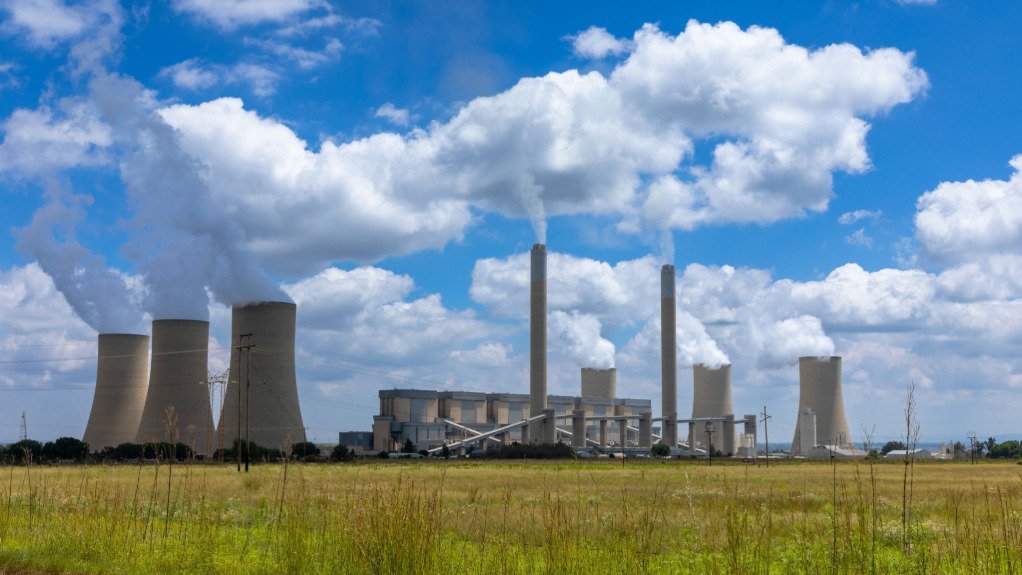
TRACEY DAVIES Sasol has done a complete about-turn on using offsets as part of its decarbonisation strategy, and offsets are highly contentious and difficult to verify
CONTINUED COAL RELIANCE In its Optmised ERR, Sasol states that it will achieve the same targets by 2023 but with no feedstock replacement
Questions remain regarding the feasibility of chemicals and energy company Sasol’s Emission Reduction Roadmap (ERR), which includes emission-reduction targets and timelines. There are significant concerns about the lack of detailed plans for technologies such as carbon capture, and a persistent preference for optionality rather than a concrete decarbonisation strategy.
Nonprofit shareholder activism organisation Just Share executive director Tracey Davies says there is a credible risk that Sasol will fail to achieve the commitments it made in its 2025 Optimised ERR. This could leave the company in a precarious position by 2030, owing to an inability to adequately address the severe climate and air pollution-related risks that its operations pose to the company and society.
Sasol unveiled an ERR for the initial stages of a decarbonisation strategy to support its ambition to achieve net-zero greenhouse-gas (GHG) emissions by 2050 in September 2021. The original ERR included the target to reduce Scope 1 and 2 emissions from Sasol’s energy business by 30% by 2030.
“Sasol indicated that it would achieve these targets by reducing production (turning down boilers), energy efficiency measures, introducing liquefied natural gas (LNG) as a replacement feedstock for coal and increasing its use of renewable energy,” notes Davies.
She relays that in May 2025, less than four years later and having achieved only a “very small” reduction in emissions (about 2%, or 1.45-million tonnes), Sasol presented to shareholders a new “Optimised ERR” at its Capital Markets Day, which substantially amended key elements of the 2021 ERR.
“Sasol now states that its Optimised ERR will achieve the same targets by 2030, but with no feedstock replacement, increased production levels and at a fraction of the cost. It will now also rely significantly on carbon offsets, even though the company said in 2021 that its decarbonisation approach ‘does not rely on using carbon offsets to meet our interim, 2030 targets’,” Davies highlights.
Disclosure Discrepancies, Corporate Accountability
Just Share notes discrepancies in Sasol’s sustainability reporting. These include Sasol’s 20F report to the US Securities and Exchange Commission (SEC), where it states that its 2025 carbon tax liability was R832-million, owing to “the higher offset purchases for the 2024 calendar year liability and lower emissions, owing to lower production”.
However, in its integrated report, it states that its net 2025 carbon tax payment for 2024 emissions was R1.7-billion, “after offsets and electricity levies”.
The organisation also notes that, according to Sasol’s recent reports, it says it achieved a 20% group net reduction in Scope 1 and 2 emissions in 2025 from its 2017 baseline. Just Share points out that the 2017 baseline was specifically chosen – by Sasol’s own admission – because production and emissions were particularly high in that year, making it easier to reflect reductions whenever production falls.
Davies notes that a significant portion of the claimed 20% reduction (3.8-million tonnes) is attributed to carbon offsets, but argues that “offsetting” emissions does not mean that those tonnes of GHGs were not emitted, and it does not prevent or undo the harm caused by burning fossil fuels, as the emissions that Sasol “offsets” will still contribute to climate change.
Sasol has done a complete about-turn on using offsets as part of its decarbonisation strategy, and offsets are highly contentious and difficult to verify, Davies contends.
Just Share has frequently filed climate-related resolutions for tabling at Sasol’s AGMs; however, Davies says Sasol has refused to table seven shareholder resolutions filed by Just Share and other shareholders, with the company insisting that tabling these resolutions would be tantamount to violating South African company law, as it would interfere with the directors’ managing and directing the affairs of the company.
She casts doubt on this, not least because the resolutions that have been filed are non-binding and, therefore, have no power to compel the directors to do anything. Further, she notes it is also unreasonable for Sasol to claim that non-binding shareholder-proposed resolutions are contrary to the law, when the company regularly tables its own non-binding “say on climate resolutions” for voting, i.e. the company is itself using the mechanism that it claims violates company law when the resolutions are filed by shareholders.
Davies stresses that institutional investors should do more to hold Sasol accountable for achieving its climate and sustainability targets. This is particularly problematic for pension funds, which are holding assets for beneficiaries in the long term.
By failing to hold Sasol to account, Davies says, pension funds are putting their capital at risk in two ways. Firstly, the longer Sasol continues with business as usual, the more serious a risk its failure will represent for the economy. Secondly, Davies points out that Sasol’s GHG emissions and toxic air pollution are contributing to climate change and poor health outcomes.
“The company is simply externalising the cost of these emissions onto society, and it is ultimately pension fund beneficiaries who will have to pay the cost,” Davies concludes.
Article Enquiry
Email Article
Save Article
Feedback
To advertise email advertising@creamermedia.co.za or click here
Comments
Press Office
Announcements
What's On
Subscribe to improve your user experience...
Option 1 (equivalent of R125 a month):
Receive a weekly copy of Creamer Media's Engineering News & Mining Weekly magazine
(print copy for those in South Africa and e-magazine for those outside of South Africa)
Receive daily email newsletters
Access to full search results
Access archive of magazine back copies
Access to Projects in Progress
Access to ONE Research Report of your choice in PDF format
Option 2 (equivalent of R375 a month):
All benefits from Option 1
PLUS
Access to Creamer Media's Research Channel Africa for ALL Research Reports, in PDF format, on various industrial and mining sectors
including Electricity; Water; Energy Transition; Hydrogen; Roads, Rail and Ports; Coal; Gold; Platinum; Battery Metals; etc.
Already a subscriber?
Forgotten your password?
Receive weekly copy of Creamer Media's Engineering News & Mining Weekly magazine (print copy for those in South Africa and e-magazine for those outside of South Africa)
➕
Recieve daily email newsletters
➕
Access to full search results
➕
Access archive of magazine back copies
➕
Access to Projects in Progress
➕
Access to ONE Research Report of your choice in PDF format
RESEARCH CHANNEL AFRICA
R4500 (equivalent of R375 a month)
SUBSCRIBEAll benefits from Option 1
➕
Access to Creamer Media's Research Channel Africa for ALL Research Reports on various industrial and mining sectors, in PDF format, including on:
Electricity
➕
Water
➕
Energy Transition
➕
Hydrogen
➕
Roads, Rail and Ports
➕
Coal
➕
Gold
➕
Platinum
➕
Battery Metals
➕
etc.
Receive all benefits from Option 1 or Option 2 delivered to numerous people at your company
➕
Multiple User names and Passwords for simultaneous log-ins
➕
Intranet integration access to all in your organisation







